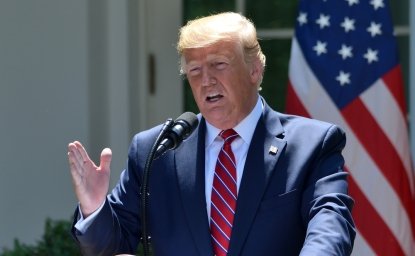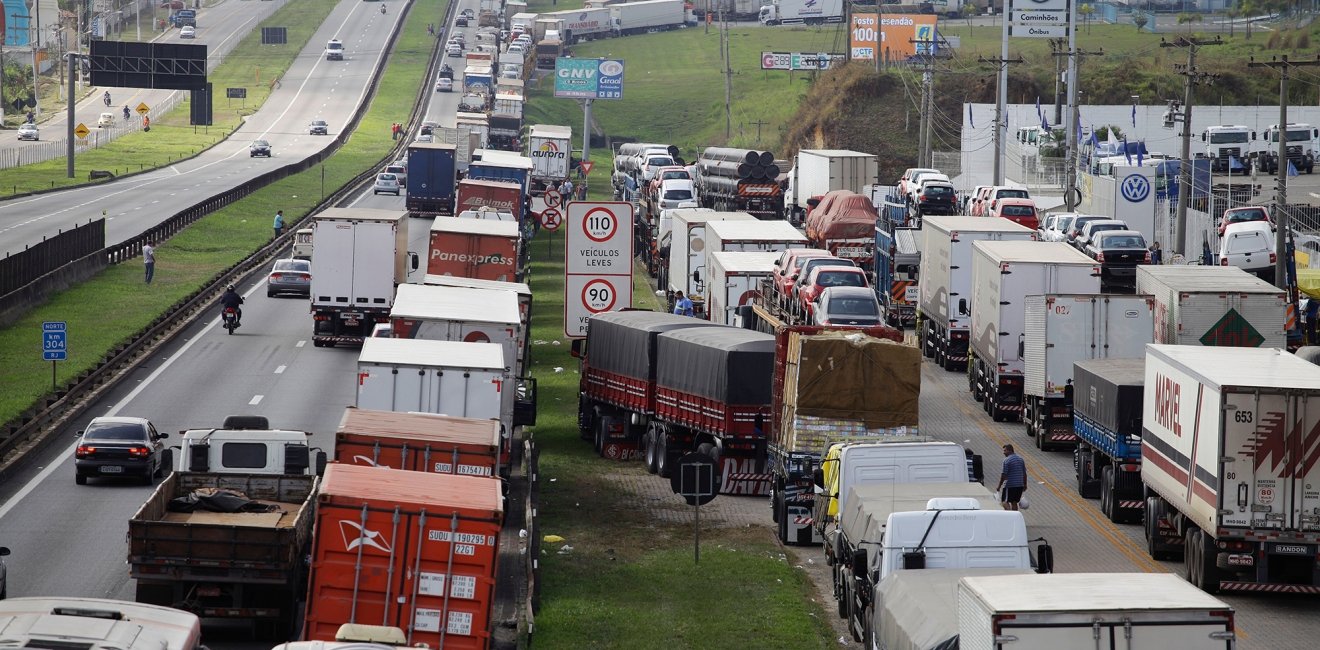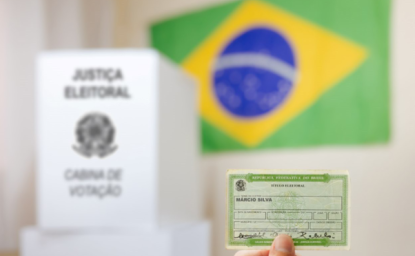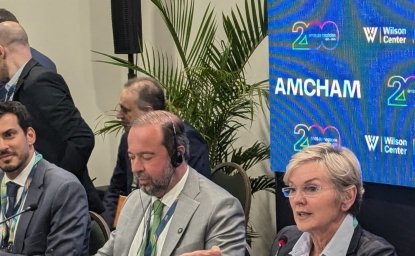
A blog of the Brazil Institute
In 2018, Brazil was engulfed by chaos as disgruntled truck drivers called a nationwide strike. For eleven days, protesters blocked major roadways and goods did not leave storage depots, leading to food and fuel shortages in several parts of the country. Agricultural producers incurred billion-dollar losses to their production as livestock starved to death, dairy products spoiled, and major shipments were delayed.
So, when truckers’ unions called for an even larger protest on February 1—citing low freight price minimums and high diesel prices among other grievances—many braced for the worst.
Over 60 percent of all cargo in Brazil is transported by trucks. If crude oil and iron ore are excluded—which are largely moved around the country by trains—that rate spikes to 90 percent.
Furthermore, in the middle of a deadly pandemic, a new truckers’ strike could disrupt vaccine distribution, interrupt trade routes, and hurt the revenue of millions of families who were left worse off by the end of the government’s COVID-19 emergency aid program.
But, after the country rolled out of bed the first day of February fearing the worst, the promised truckers’ strike was nothing short of a massive flop.
Only a few blockades were reported in four states, but they were quickly cleared up. Traffic to and from the Port of Santos, Brazil’s busiest port, remained unaltered, and the few protests that did take place in the state of São Paulo targeted Governor João Doria, as opposed to the federal government.
Divisions Within Truckers’ Unions
The failure of the strike is largely due to the fact that the plethora of unions representing truck drivers are not on the same page. While many are disappointed with the current administration, numerous others continue to support President Jair Bolsonaro as they did in 2018, when he lent his effusive support to the protesters the last time they downed tools.
Their support was not undone even by the circulation of a leaked audio file of Infrastructure Minister Tarcísio de Freitas saying it would be impossible for the government to meet truckers’ demands, as well as monitoring whether promises made in 2018 are being met.
“We have seen many using the protest to go after those perceived as enemies of the president,” says Wallace Landim, one of Brazil’s most influential truck drivers’ union leaders, speaking to The Brazilian Report. “We have to fight for our rights and our breadwinning work, not go against the Supreme Court or [former] House Speaker Rodrigo Maia.”
Mr. Landim said his union will not join the protest until an “apolitical” agenda is at the core of its agenda.
As talk of a potential strike began gaining steam in late January, President Jair Bolsonaro promised to lower diesel prices by a potential cut in import taxes—although he explained that each cent removed from social security taxes on fuels would cost the already cash-strapped government BRL 800 million (USD 149 million).
The government also pandered to truckers’ by including them in the priority group for COVID-19 vaccination.
Then in mid-February, Bolsonaro took an even stronger step: announcing that he would replace the CEO of Petrobras, Roberto Castello Branco, after the executive refused to set a ceiling on the price of fuel.
Pandemic Makes the Strike a Tough Sell
Despite making life difficult for many Brazilians, the 2018 truckers’ strike enjoyed the support of 87 percent of the country, according to pollster Datafolha.
With labor demands intertwined with anti-corruption protests, the 2018 strike epitomized the growing disgust people of all social segments felt for establishment politics. Indeed, it marked a watershed moment for the presidential elections of that year, with Jair Bolsonaro standing as the only credible anti-politics candidate.
In 2021, however, life is already hard enough for millions of Brazilians. The COVID-19 emergency salary ended in December, unemployment remains at high, and food inflation has eroded people’s confidence in the economy. Bringing the country to a complete halt under those circumstances would be a very tough sell.
Still, many unions claim the movement is set to grow.
Disgruntlement among truckers has been the rule for years now. As it was in 2018, they are angered by high fuel prices and low rates for cargo transport. Since the first strike, the government—both under Michel Temer and now Jair Bolsonaro—resorted to quick fixes to appease truck drivers instead of long-term solutions.
And over the last month, Petrobras has continued to announce price increases—the cost of fuel is up 43 percent since the start of 2021—and unrest among truckers is simmering.
The question is: when will they hit their boiling point?
Like the content? Subscribe to the Brazilian Report using the discount code BRAZIL21 to get 20 percent off any annual plan.

Author

Brazil Institute
The Brazil Institute—the only country-specific policy institution focused on Brazil in Washington—aims to deepen understanding of Brazil’s complex landscape and strengthen relations between Brazilian and US institutions across all sectors. Read more

Explore More in Brazil Builds
Browse Brazil Builds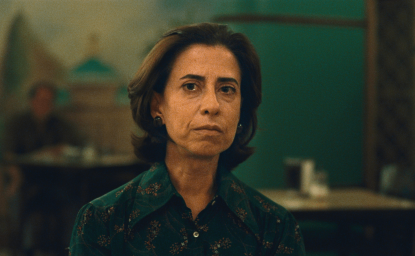
They're Still Here: Brazil's unfinished reckoning with military impunity
